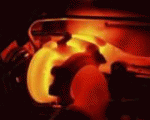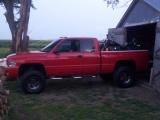- Replies 52
- Views 5.2k
- Created
- Last Reply
Top Posters In This Topic
-
 Mopar1973Man 9 posts
Mopar1973Man 9 posts -
 KATOOM 7 posts
KATOOM 7 posts -
joecool911 7 posts
-
 mopartechnician 6 posts
mopartechnician 6 posts


I am seeing a constant 21-23 pounds, is that too much?